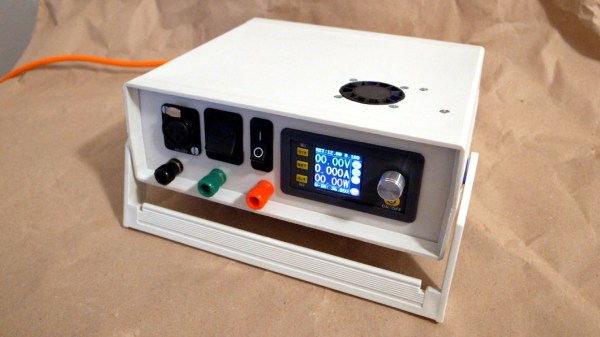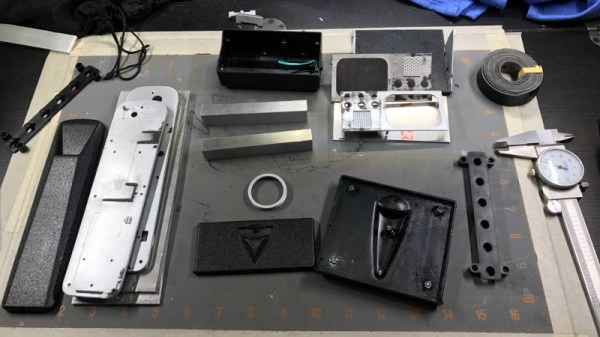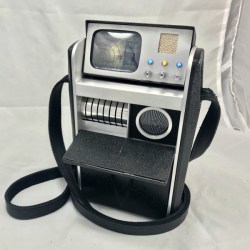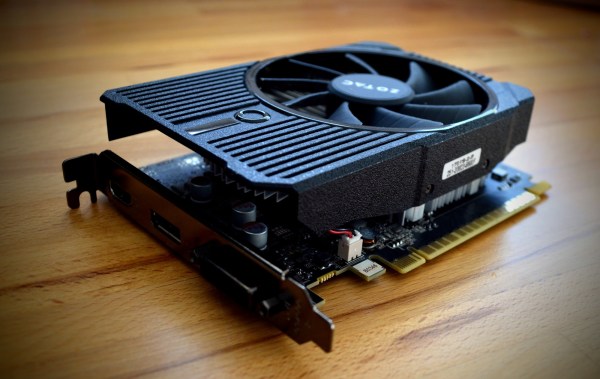Halloween is a great holiday for hacks, bringing out the creativity in even the most curmudgeonly wielder of a soldering iron. [tdragger] was looking to have some good old fashioned Halloween fun, and got to thinking – putting together this great Spooky Eyes build in their attic window.
The effect itself is simple – just two glowing orange LEDs spaced the right distance apart, placed in the highest window in the house. As every young child knows, the attic is almost the spookiest room in the house, second only to the basement.
Various effects were programmed in to the Arduino running the show, like breathing and blinking effects, to give that frightful character. For maintenance and programming purposes, [tdragger] wanted to have the Arduino remotely mounted, and searched for a solution. Rather than leaning on a wireless setup or something modern and off-the-shelf, instead some old RJ11 telephone extension cables were pressed into service. These allowed the eyes to be placed in the window, allowing the Arduino to be placed in a more accessible location.
It’s a basic project, but one that has a good fun factor. Sometimes it’s good to use what you’ve got to hand, so that the buzz of enjoyment isn’t dampened by the long wait for shipping. For something bigger, check out this giant staring eyeball.






















